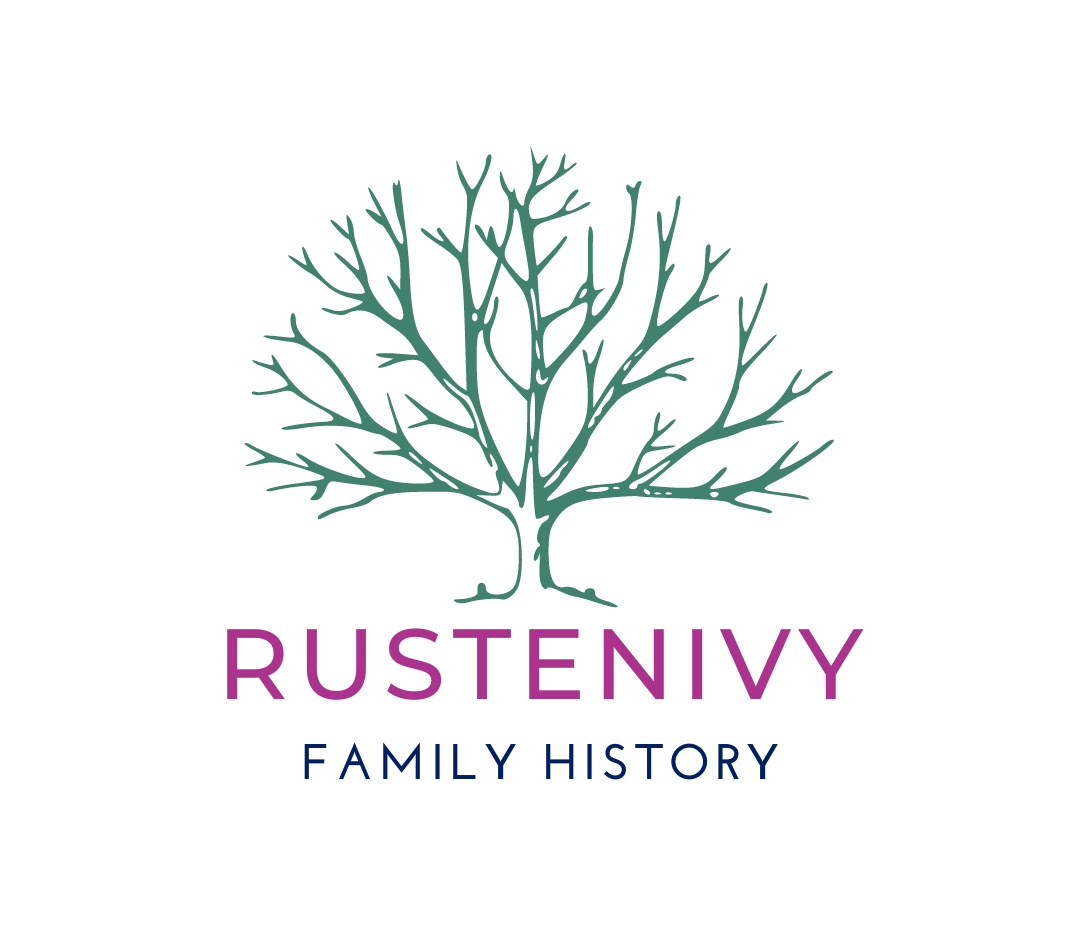Old London Bridge must have been an amazing place to see, if the etching below is anything to go by. Buildings, three or four storeys high, crowded, noisy and probably smelly and dirty too! What kind of people lived there? Shooting through the gaps in the bridge on a boat must have been quite an adventure. I read somewhere (oops, forgot my source citation!) that the watermen who navigated around the bridge had to be highly skilled to manage this feat.
There is still a London Bridge, but it is an entirely different bridge now – an ugly 1970s structure. Near the bridge, on the southern bank of the Thames, is Southwark, which was the home of my paternal Cook family.
Southwark has a long and complex history, but some of the more famous associations include Charles Dickens (1812-1870), who featured many Southwark locations in his novels; the feminist Mary Wollstonecraft (1759-1797), whose daughter Mary Shelley wrote Frankenstein; and one of my favourite authors when I was a child, Enid Blyton (1897-1968).
London Bridge and Southwark Cathedral

Southwark Cathedral started out as an Augustinian priory in 1106 and was known as the priory of Saint Mary Overy. It became a parish church in the 1500s and was renamed St Saviour’s. We almost lost it when the old London Bridge was being demolished, but fortunately it was restored instead. It became Southwark Cathedral in 1905.[1]





My paternal 3x great grandfather, Charles Cook (the father of Emma, see above), was baptised in this church in 1791. His parents Charles and Susanna were married there in 1788, and Susanna was baptised there in 1768. Unfortunately her parents are not named in the baptismal record so I have not been able to trace her line back. I think this is the only baptism I have ever seen where neither parent is listed. Very frustrating! There are many memorial slabs from that timeframe in the floor of the church and I inspected as many as I could, but unfortunately I found no reference to anyone with the surname Cook.




St George the Martyr Church
Charles (3x great grandfather, mentioned above) was buried in St George the Martyr Church in 1846. The burial grounds closed for burials in the 1850s and became a garden in 1882. Land on both sides of the church is now road, so I was unable to find any sign of his grave.

Borough Markets and the Tate Modern
According to Britannica, Southwark was a market town from early Saxon times, due to its location at a junction of roads and the approach to London. It is where the Romans built a bridge over the Thames. There are still markets there, the famous Borough Markets, and this is where I had lunch. Seems everyone else had that idea too – it was extremely crowded.
Tate Modern was less crowded, but there was still a queue to get in! I won’t post much of the art, as the artists might object.


Sources
- Anon, ‘Our History‘, Southwark Cathedral, accessed 16 April 2024.
- Anon, ‘Old Southwark‘, Britannica, accessed 4 May 2024


